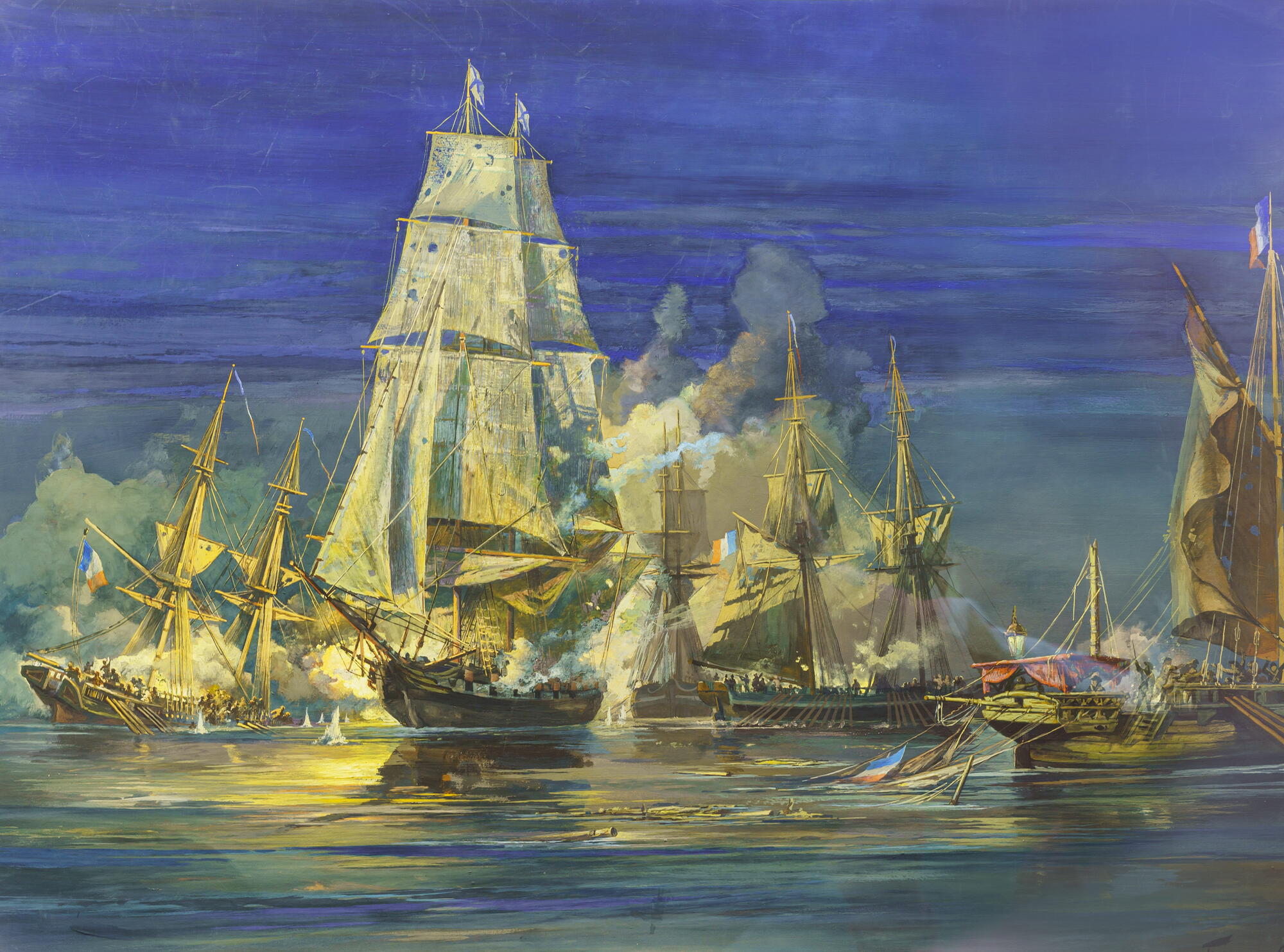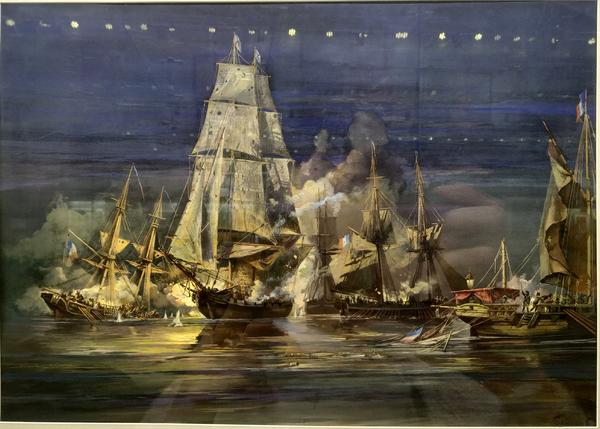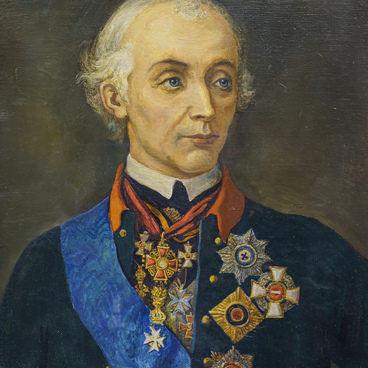After Napoleon Bonaparte came to power in November 1799, he pursued a rather tough foreign policy which led to increased tensions between France on one side, and England, Russia, and a number of other nations on the other side. The Third Coalition against Napoleon’s France started to form. Russia had relatively few forces to fight against France in the Mediterranean and the North Sea.
A squadron commanded by Vice Admiral Dmitry Nikolayevich Senyavin was sent to the Mediterranean Sea. The island of Corfu where the Russian ships arrived was at the time an unofficial capital of the Ionian Republic and the base of the Russian Navy. When Senyavin arrived at Corfu, he received the command of the ground forces that were stationed there (13,000 people) and two squadrons led by Aleksey Samuilovich Greig and Alexander Andreyevich Sorokin.
One of these squadrons included a 16-gun brig named “Alexander”. Originally, it was a French vessel that was captured and included in the Black Sea Fleet in 1804. In 1805, the “Alexander” brig sailed to the Mediterranean Sea and was placed under the control of lieutenant commander Ivan Semyonovich Skalovsky. In 1806, the French army and navy started moving to the Balkans and occupied Dalmatia (an area on the east shore of the Adriatic Sea). Due to the aggravated situation in the north of Albania, Senyavin was forced to remove cannons from the coastal fortifications of the islands and retreat to the Bay of Kotor with his forces. The “Alexander” brig was left to watch the enemy in the area near the Brač Island. Having found out that only one Russian brig was left at such an important position, the French decided to attack it. However, the locals had promised to light fires on the shore as soon as French ships left their base in Spalato.
During the night of December 16 to 17, 1806, five fires were lit on the shore. Three gunboats, a tartan, and a trabaccalo were assigned with attacking the brig. In total, they had 26 guns, but they were vastly superior to the Russian brig in their artillery and number of soldiers. At first, the French delivered intense artillery fire and then tried to approach the brig to board it. This lasted around three hours. Russian sailors used canister fire and disrupted all the enemy’s attempts to fall aboard the brig. The Russians sank two of the enemy’s gunboats and forced the others to make a hasty retreat. Skalovsky immediately started pursuing the French vessels and accompanied them until the entrance to the harbor of Spalato (modern Split).
A squadron commanded by Vice Admiral Dmitry Nikolayevich Senyavin was sent to the Mediterranean Sea. The island of Corfu where the Russian ships arrived was at the time an unofficial capital of the Ionian Republic and the base of the Russian Navy. When Senyavin arrived at Corfu, he received the command of the ground forces that were stationed there (13,000 people) and two squadrons led by Aleksey Samuilovich Greig and Alexander Andreyevich Sorokin.
One of these squadrons included a 16-gun brig named “Alexander”. Originally, it was a French vessel that was captured and included in the Black Sea Fleet in 1804. In 1805, the “Alexander” brig sailed to the Mediterranean Sea and was placed under the control of lieutenant commander Ivan Semyonovich Skalovsky. In 1806, the French army and navy started moving to the Balkans and occupied Dalmatia (an area on the east shore of the Adriatic Sea). Due to the aggravated situation in the north of Albania, Senyavin was forced to remove cannons from the coastal fortifications of the islands and retreat to the Bay of Kotor with his forces. The “Alexander” brig was left to watch the enemy in the area near the Brač Island. Having found out that only one Russian brig was left at such an important position, the French decided to attack it. However, the locals had promised to light fires on the shore as soon as French ships left their base in Spalato.
During the night of December 16 to 17, 1806, five fires were lit on the shore. Three gunboats, a tartan, and a trabaccalo were assigned with attacking the brig. In total, they had 26 guns, but they were vastly superior to the Russian brig in their artillery and number of soldiers. At first, the French delivered intense artillery fire and then tried to approach the brig to board it. This lasted around three hours. Russian sailors used canister fire and disrupted all the enemy’s attempts to fall aboard the brig. The Russians sank two of the enemy’s gunboats and forced the others to make a hasty retreat. Skalovsky immediately started pursuing the French vessels and accompanied them until the entrance to the harbor of Spalato (modern Split).




